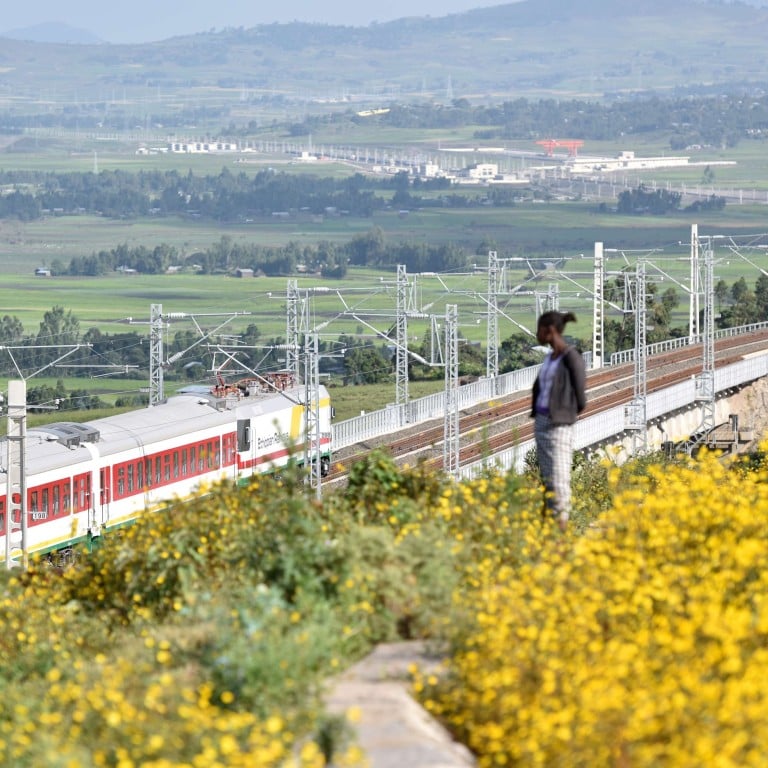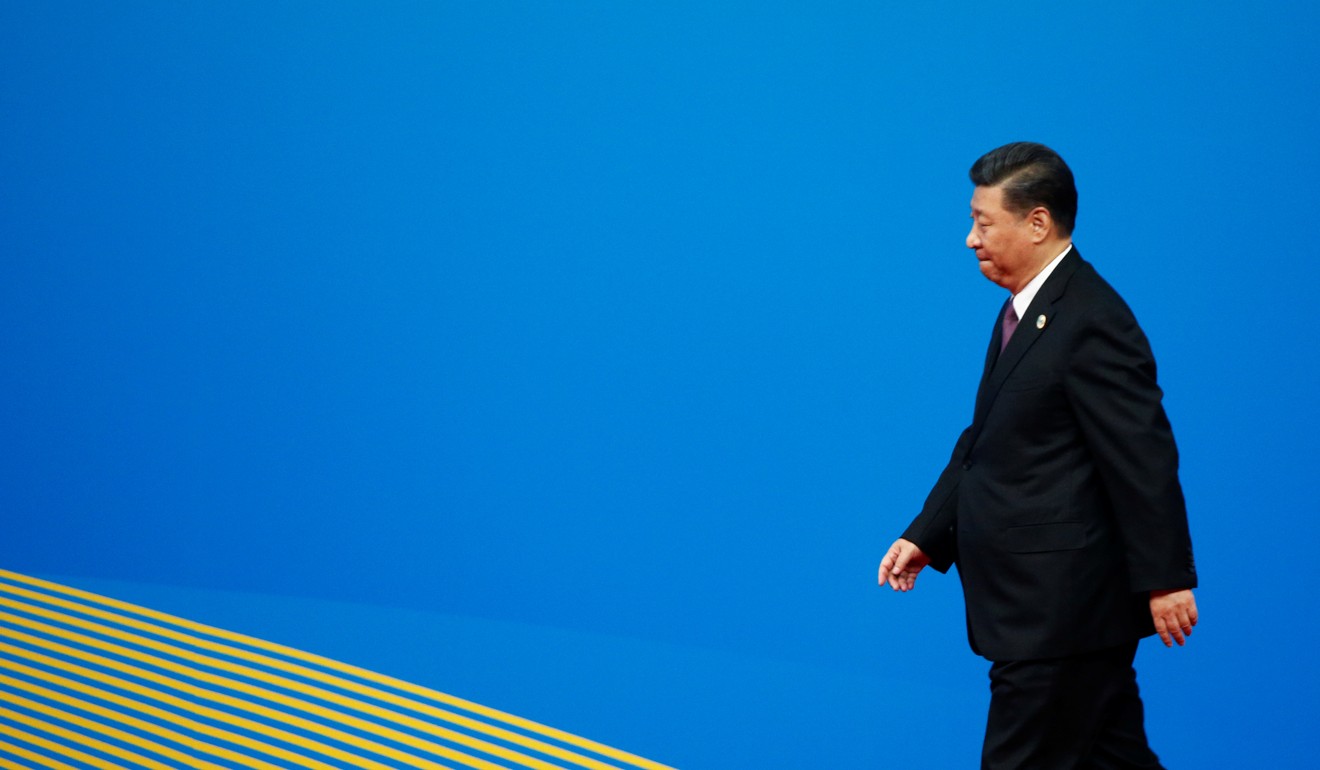
Why China’s belt and road loans may not be the debt trap other countries fear
- Study by US-based Rhodium Group finds only one confirmed case of asset seizure and says Beijing is more likely to renegotiate burdensome debts
China is inclined to renegotiate or write off debts incurred by other countries for its belt and road infrastructure projects and only rarely seizes assets, a study by a New York consultancy has found.
The Rhodium Group’s research looked at 40 cases of external debt renegotiation between 2007 and this year and found there was only one confirmed case of asset seizure – in Sri Lanka.
The conclusions, based on the studies of Chinese debt renegotiations with 24 countries in Asia, Africa and Latin America, challenge claims that the Belt and Road Initiative will leave countries with debts they cannot repay and force them to hand over assets or natural resources to Beijing.
The report concluded that Beijing had renegotiated about US$50 billion of loans and in most cases, debts had either been written off or payment was deferred.

One example it gave was Cuba, which had US$2.8 billion in debts written off in 2010, while last week Ethiopia announced that Beijing had forgiven interest owed on belt and road loans.
The publication of the research on Monday followed the end of the second Belt and Road Forum in Beijing on Saturday, where Chinese President Xi Jinping attempted to allay growing international complaints that the plan was a “predatory debt trap” and promised to promote high financial and environmental standards under the initiative.
The study said debt forgiveness was usually driven by Beijing’s desire to improve relations or relieve acute financial distress – and was often accompanied by extra loans to fund more infrastructure projects.
At last year’s Forum on China-Africa Cooperation Beijing wrote off US$7 million of Botswana’s debt, while agreeing to lend an undisclosed sum to finance new infrastructure projects.
The study said that while there have been growing concerns among Chinese debtors, outright asset seizures were very rare.
The only obvious case was in Sri Lanka, where the government decided to hand over control of the Hambantota Port to a Chinese state-owned company in 2016 to avoid defaulting on its debts.
The move triggered deep concerns among countries such as India and the United States that Beijing had gained a strategic foothold on geopolitically important maritime trade route.
Another creditor nation, Tajikistan, agreed in 2011 to hand 1,158 sq km of territory in the remote Pamir mountain range to Beijing in what the two sides said was a historic settlement of a territorial dispute.
However, few details of the deal have been made public and the report said it was not possible to confirm a link between it and China’s lending.

The large number of debt renegotiations also increased the prospect that China would become more “skittish” about lending more to distressed borrowers, the report continued.
“Recipient countries may borrow more, but only after existing debt burdens are resolved more favourably. More fundamentally, Chinese external lending will probably slow from current levels rather than accelerate, given the financial stress highlighted by this pattern of Chinese debt renegotiations,” it said.
When Zimbabwe was facing an acute debt crisis in 2015, China agreed to write off US$40 million in loans, but rejected a request for a US$1.5 billion rescue package.
It added that Beijing’s leverage is limited when renegotiating loan terms – especially when the other countries have access to other sources of credit, such as the IMF or international markets.
Borrowers are also more likely to be in a stronger position after a change in leadership, when the new government is more likely to demand more favourable lending terms.
Countries such as Malaysia, the Maldives, Myanmar and Sierra Leone have all cancelled or sought to renegotiate belt and road projects due to fears the costs of their debts will be too high.
However, despite these fears and warnings from the US and other Western countries, the project has so far been endorsed by 126 countries, including Italy – the first Group of Seven country to sign up.
Chinese financial institutions have provided over US$440 billion in funding for belt and road projects, according to Yi Gang, the governor of China’s central bank.

